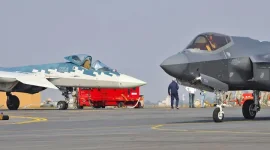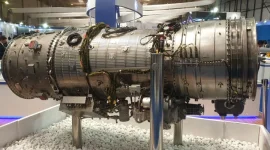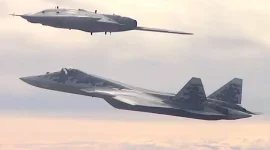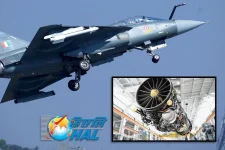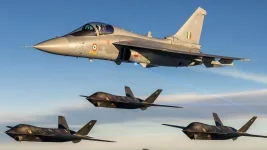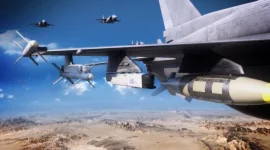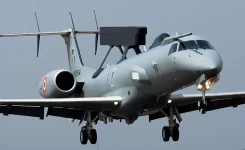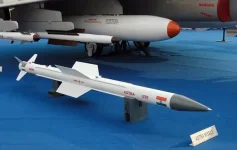- Views: 425
- Replies: 11
The Indian Air Force (IAF) is reportedly in the final stages of defining the framework for its long-awaited procurement of 114 Multi-Role Fighter Aircraft (MRFA), a critical step that could soon set the massive acquisition project in motion.
Defence sources indicate that once this "Execution Model" is approved, the tender, valued at over $20 billion, will be formally advanced, aiming to bolster the nation's air power through a major 'Make in India' initiative.
The urgency for this acquisition stems from the IAF's diminishing squadron strength, which currently stands at approximately 30, significantly below the sanctioned level of 42. This number is considered essential by military planners to effectively manage a potential two-front security challenge.
The new aircraft are intended to replace the IAF's ageing Soviet-era fleets, such as the MiG-21s, and to operate alongside modern platforms like the indigenous Tejas, the Russian Su-30 MKI, and the French Rafale, thereby enhancing operational depth and flexibility.
Central to the MRFA programme is the government's push for self-reliance under the Atmanirbhar Bharat policy. The tender requires a partnership between a global aerospace major and an Indian strategic partner.
This collaboration is mandated to include extensive Transfer of Technology (ToT), enabling the majority of the 114 jets to be manufactured domestically. This approach aims to cultivate a robust indigenous defence industrial base, create skilled jobs, and reduce India's long-term import dependency.
A Request for Information (RFI) issued in 2018 attracted responses from the world's leading aerospace companies.
The formidable list of contenders includes Boeing's F/A-18 Super Hornet and F-15EX from the United States, Lockheed Martin's F-21 (an advanced variant of the F-16 exclusively configured for India), the French Dassault Rafale, Sweden's Saab Gripen E/F, the pan-European Eurofighter Typhoon, and Russia's MiG-35 and Su-35 fighters.
These aircraft are being evaluated on their combat capabilities, technological sophistication, and adaptability for licensed production in India.
The "Execution Model" is the foundational document that will dictate the project's terms. It will specify the precise percentage of technology transfer, the intellectual property rights framework, production timelines, and the financial structure of the partnership. According to officials, the Ministry of Defence is working closely with the IAF to finalise these complex details.
The preferred model is expected to ensure a high level of indigenous content, with a lead Indian partner, potentially Hindustan Aeronautics Limited (HAL) or a private entity like Tata Advanced Systems, steering the domestic production.
A phased delivery is planned, with the first squadron likely to be delivered in a fly-away condition, followed by indigenous manufacturing of the remaining aircraft.
With the execution plan nearing completion, the IAF is expected to issue a formal Request for Proposal (RFP) in the coming months, which will kick-start the field evaluation and shortlisting process.
The renewed momentum behind the project is fuelled by heightened geopolitical tensions, particularly China's growing air presence along the Line of Actual Control (LAC), and Pakistan's recent induction of Chinese-made J-10CE 'Vigorous Dragon' fighter jets.
While the programme has faced delays over the years due to budgetary considerations and complex procurement procedures, the successful induction of 36 Rafale jets has provided a viable template for balancing urgent operational requirements with long-term national manufacturing goals.
The finalisation of the MRFA tender is seen as a pivotal move to secure India's airspace for the coming decades.

